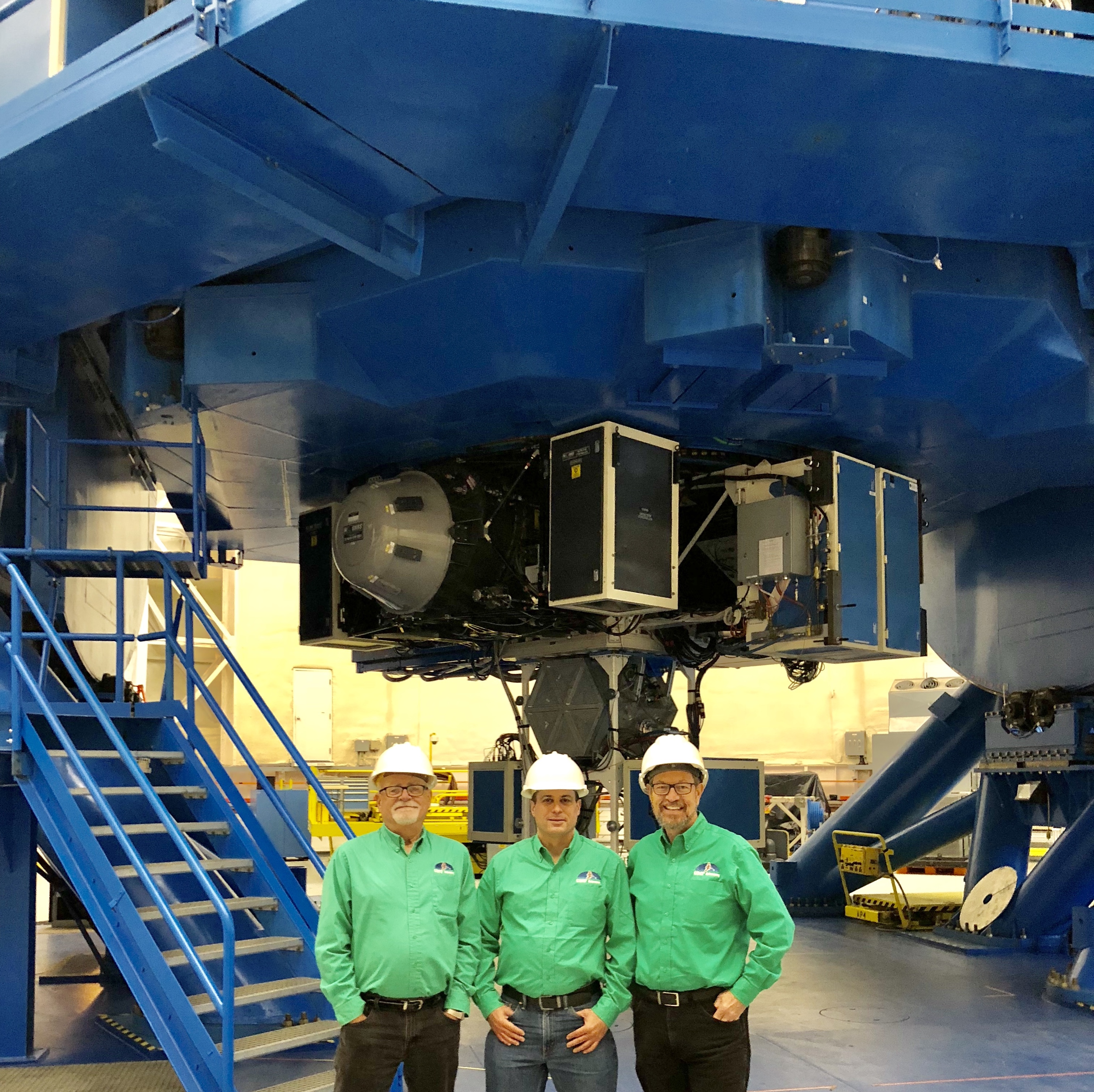University of North Texas College of Science associate professor of physics Ohad Shemmer, in collaboration with the University of Wyoming, recently received an $800,000 National Science Foundation grant to observe infrared light from more than 400 distant quasars.
“At sufficiently large distances, the details of quasars are no longer detectable in the visible spectrum,” said Shemmer. “Using the Gemini-North telescope in Hawaii with its infrared sensors, we will be able to observe these details in order to better estimate the masses of the quasars’ black holes, their fueling rates and their distances from Earth.”
Quasars are the most luminous, persistent radiation sources in the universe. They are formed when matter is funneled into super massive black holes. These black holes are generally found at the centers of galaxies, and it is thought that they help shape the growth of the galaxies around them.
Shemmer is the principle investigator of the study and says that he and his team will conduct approximately 350 hours of telescopic observations to create a one-of-a-kind data set for scientists to study. Analysis of the data will enable development of the best prescriptions yet for estimating the key properties in all quasars.
“Comparison with nearby quasars will also show how these sources change over time, indicating how the galaxies surrounding such quasars change as well,” said Shemmer. “This project represents a stepping stone in understanding quasars which, in turn, will enable more in-depth projects at the forefront of modern astronomy.”





